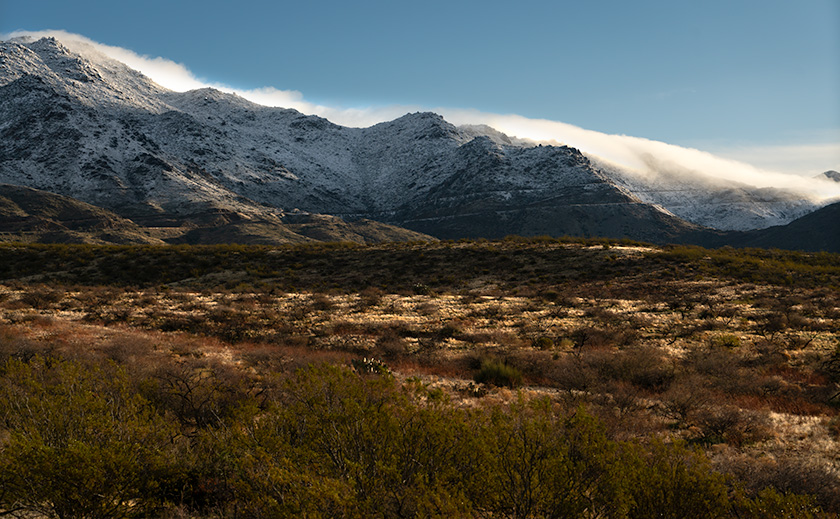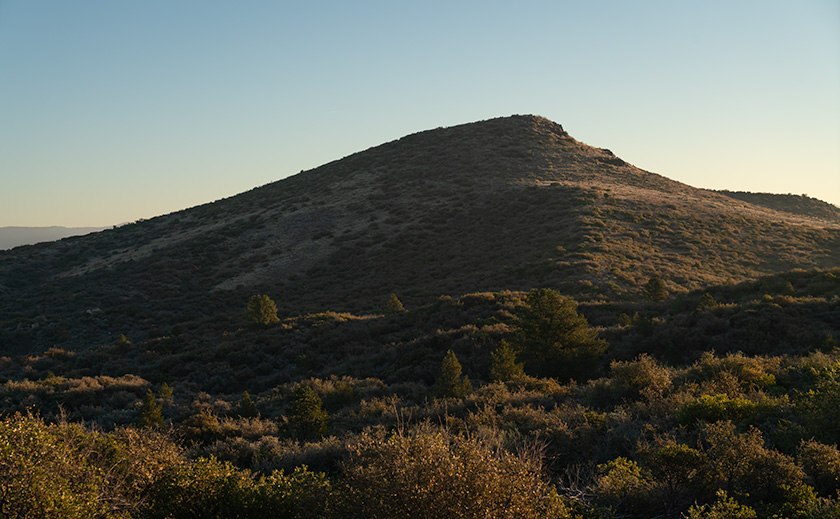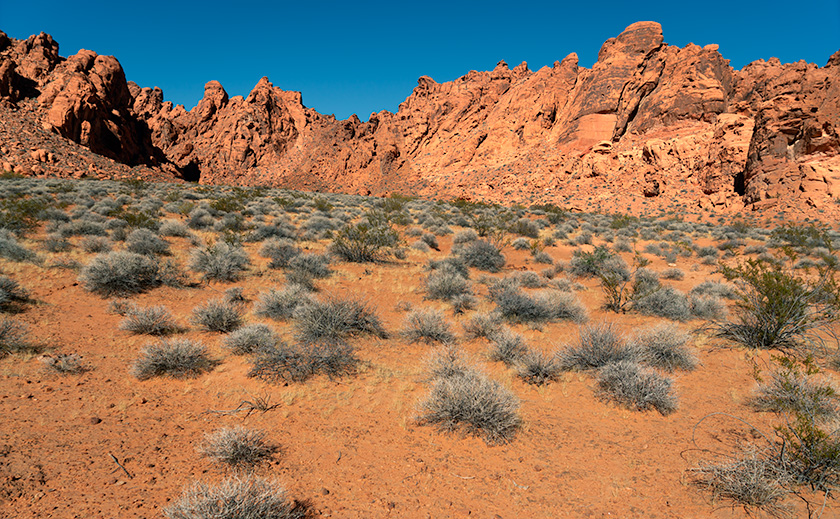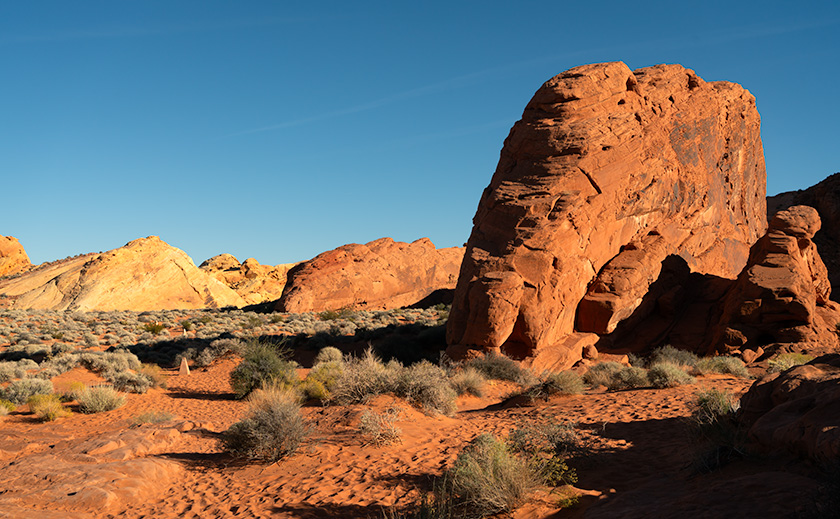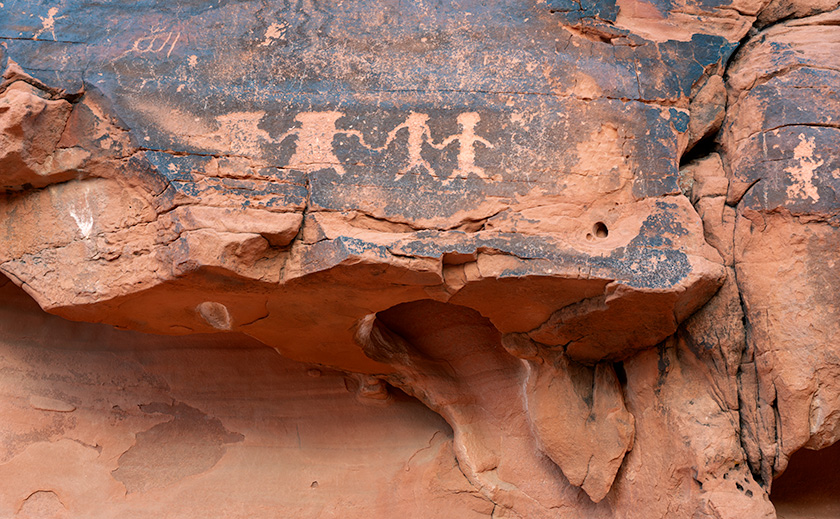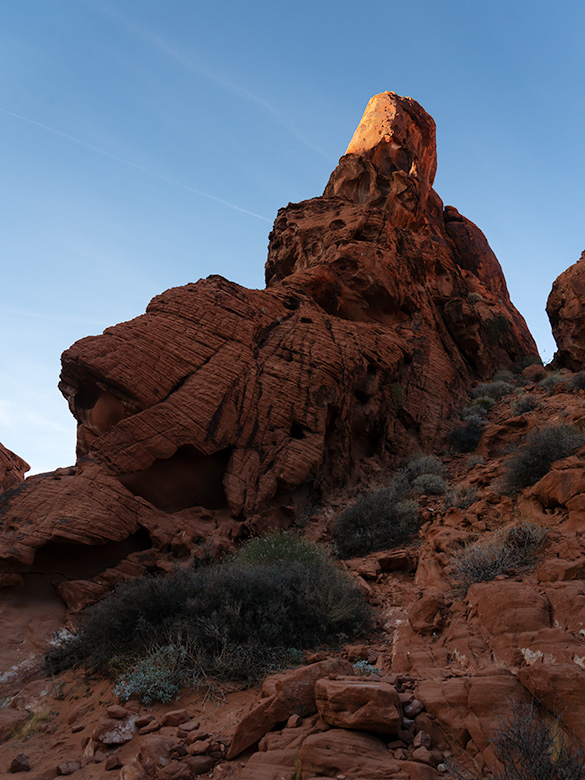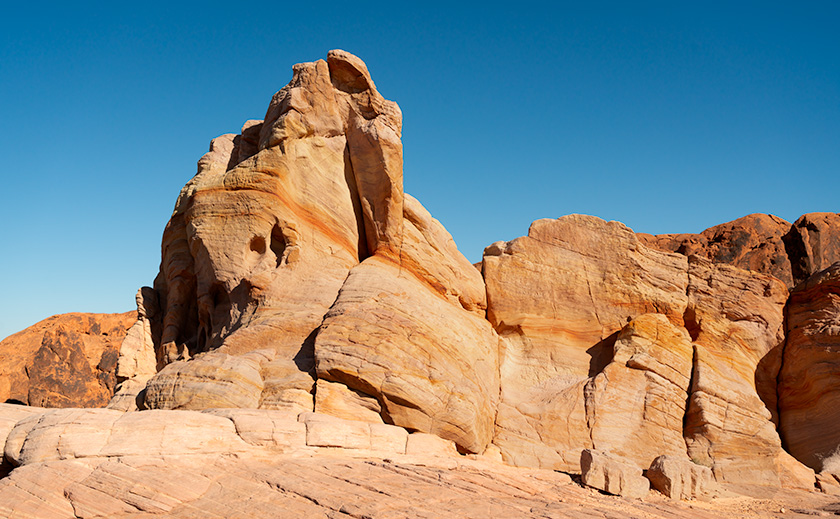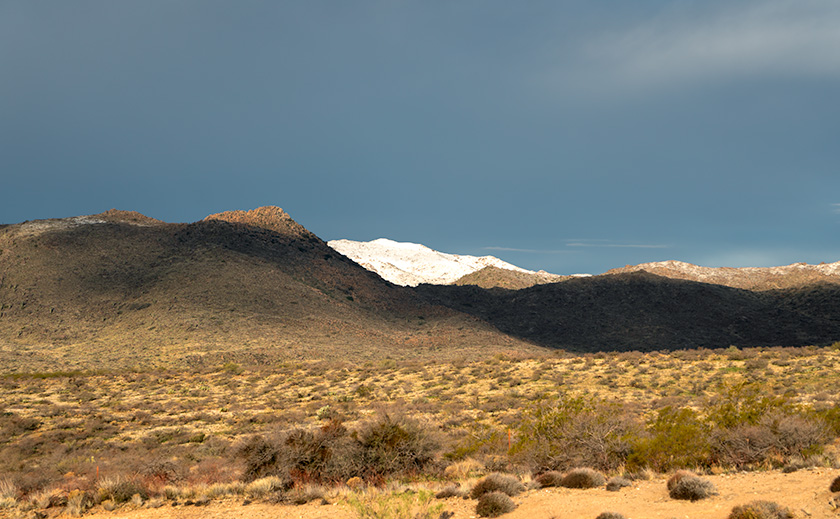
Imagine a tranquil blanket of white embracing the Weaver Mountains in Congress, turning the rugged landscape into a scene straight from a winter fairy tale. In my previous tales, I might have painted a picture of winter in the desert as a predictable season, with just enough chill to remind us it’s not always sunny in Arizona.
The Unpredictable Dance of Winter
But let’s be honest: predicting our winter weather is as straightforward as dancing with a hula hoop while bouncing on a pogo stick. Sure, if our weather patterns were a simple hula hoop spinning predictably around our waists, we could anticipate where it would land next with the precision of a well-practiced trick. “It’s all physics,” you might say. Given the Earth’s tilt, orbit, and seasons, one could forecast the weather with the same confidence as predicting the hoop’s path.
Yet, here’s the twist in our meteorological tale: what happens when you throw a pogo stick into the mix? Suddenly, the predictable rotation of the hoop is interrupted by leaps and bounds, each jump adding a new layer of complexity. That’s Arizona’s winter for you, where every jump in temperature and every bound of precipitation defies expectations, much like our unpredictable twins, El Niño and La Niña, who I’ll introduce to you next.
Ride that Pogo Stick, Cowboy
Enter the mischievous twins of climate variability: La Niña, the cool little sister with a dry sense of humor, and El Niño, the warm-hearted brother who likes to stir the pot. They lead in the El Niño-Southern Oscillation (ENSO) drama, a global weather narrative with plot twists dictated by fluctuating ocean temperatures in the equatorial Pacific.
While not the sole scriptwriters of Arizona’s winter tales, these siblings can certainly add surprising chapters. La Niña tends to skim moisture away from our skies, while El Niño generously spills warmth and rain across our desert stage. Understanding their patterns is like getting a peek at the rehearsal — it doesn’t give us the exact timing of every line. Still, it helps set the stage for the season’s performances, allowing us to anticipate whether we’ll need an umbrella or a sunhat as we step out into the year’s unpredictable acts.
These brats—er, I mean children- represent our Pogo stick’s up and down cycles. The El Niño bounce is associated with increased rainfall and warmer temperatures, while the La Nina phase brings the downward thrust of drier and cooler temps. These fluctuating climate patterns don’t have a regular cycle but can last 9-12 months (or years) and occur every two to seven years. Being able to predict these ocean temperature variants means that meteorologists need to consider what drives them. To paraphrase the most significant line from the movie Jaws, “I think we’re going to need a bigger computer.”
Our Photo
That’s a partial answer to why our exceptional winter storm was a delight and allowed me to get a series of great shots for this month’s project—which brings me to this week’s image called Lone Winter Sentinel.
On the morning after the snowfall, I intended to capture some images of the sugar-coated weavers, so I drove north on Route AZ89 and stopped along the roadside. As I faced north, I focused on the Weavers, medium-sized mountains with 4000-6500 foot peaks. After firing off several variants, I turned back to my trusty stead—the Turd—and that’s when I spotted snow on our other mountains—the Date Creek Mountains. These are minor mountains around 3,000 feet, but this morning, the snow revealed where in their midst they hid their NBA center. The contrast of white among the brown desert peaks made me walk across the highway to get a better shot. I think of them as our HO-scale Rockies.
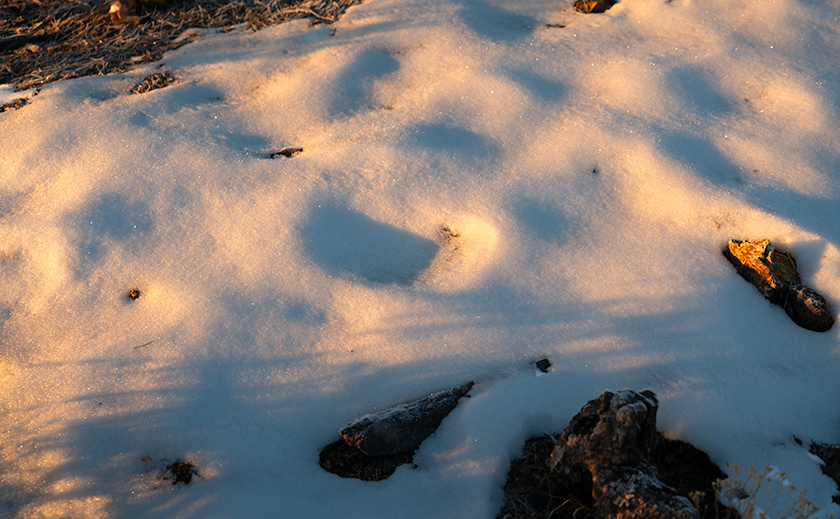
Kids These Days
Before you go, let me share a bit of humor from this week. Queen Anne and I enjoyed an evening out at our local country club. Our server, a bright young woman, wore a ‘Kinzie’ name badge. Intrigued by her unique name, I ventured, “Kinzie, that’s quite distinctive. Reminds me of the Kinsey Report, doesn’t it?”
“No, it’s short for Mackenzie,” she answered.
“Oh, like in Mackenzie Phillips?”
“I don’t know who that is,” was her answer.
About halfway through my explanation of who Mackenzie Phillips was and the shows in which she stared, her eyes began to glaze over. I was losing her. I gave up and told her, “Go ask your mother.”
Kinzie said she would, pointed to another waitress on the floor, and continued, “That’s her, over there.”
When I glanced at the woman she pointed at, it dawned on me—her mother was also part of the generation more acquainted with digital downloads than with Mackenzie Phillips. I realized I was fishing for cultural references in a stream where even the concept of a mixed tape might be considered an archaeological find.
Thus, the moral of my story: When your pop culture references fall flat, or if you’re curious about the bygone era of hula hoops and pogo sticks, it might be more straightforward to say, “Go ask your mother—or better yet, your grandmother. They might teach you the lost art of keeping entertained without Wi-Fi.”
As is our norm, there are larger versions of this week’s image on my website, and you can view them by clicking on these links: < Jim’s Webpage> and <FAA Post>. Be sure to show up next week when we continue to play in the snow. We always look forward to reading your comments about photography, the weather, or even Mackenzie Phillips.
Until next time, keep your snowshoes handy and your humor dry.
jw
March Survey
This is the second week of our month-long survey. It’s unchanged from last week, so if you were kind enough to answer it, you’re done. I’m asking you to answer some questions about how we’re doing. The survey below will appear over the following weeks, but I only need your opinion once. At the end of the month, I’ll review your input and discuss any decisions we make. I dislike taking these surveys as much as you do, so I’m keeping it short. Mark the first pair of questions with a single answer, but the third is multiple choice. Tick all the boxes that apply to you.
If you don’t see the form in your email, you can get to it by clicking on the email’s title line or using this link <Survey Link>.
Thanks in advance for helping us.
[formidable id=”4″ minimize=”1″]

